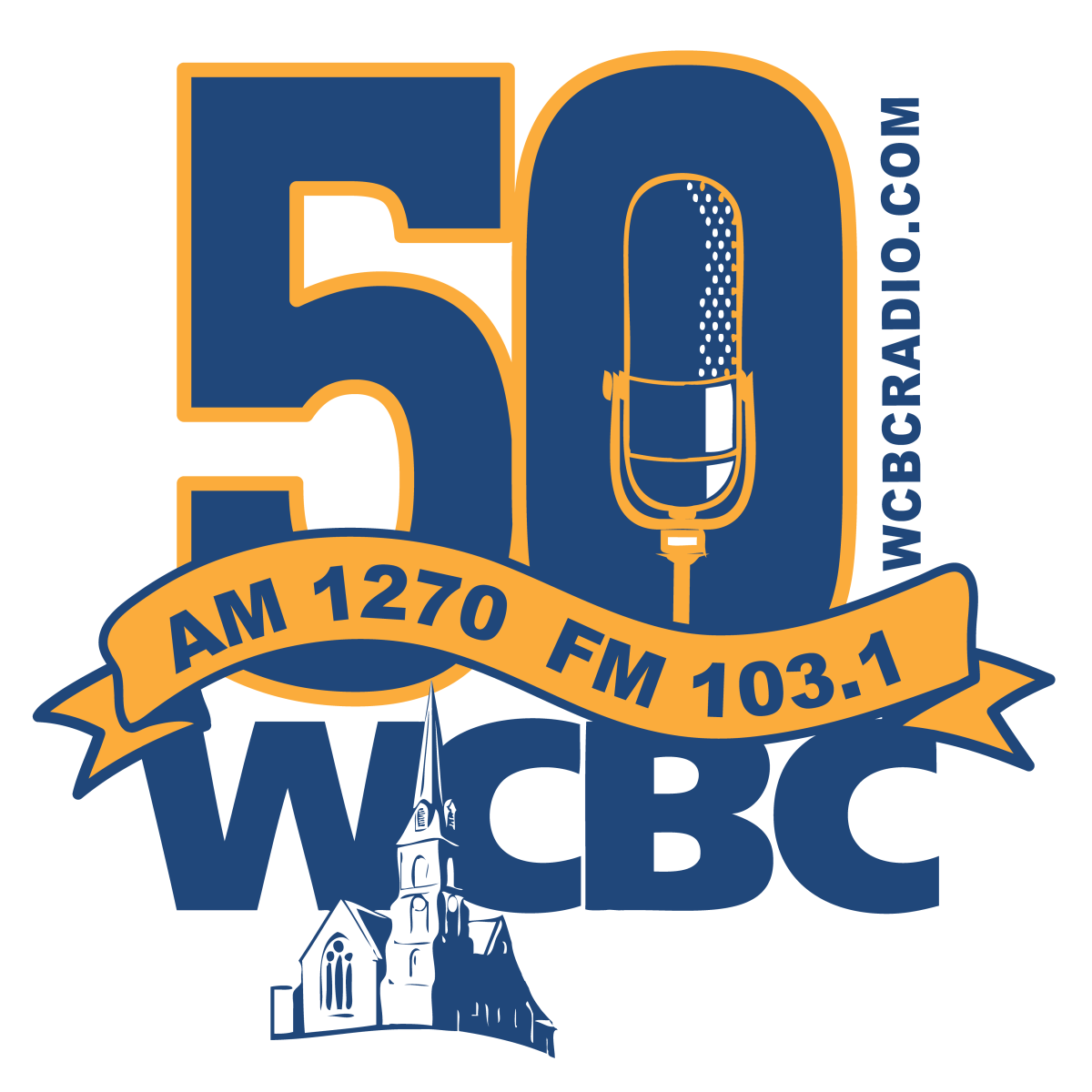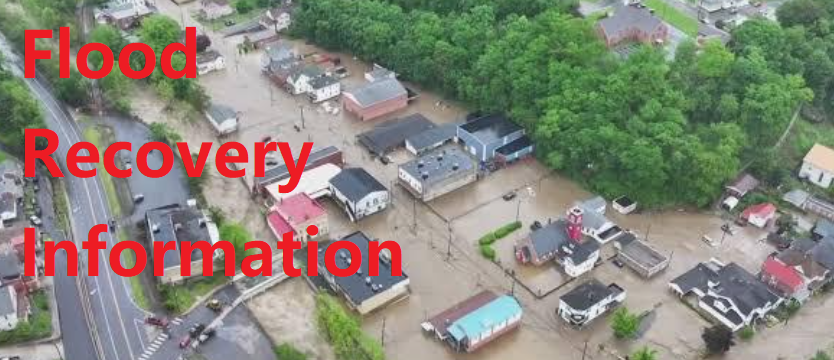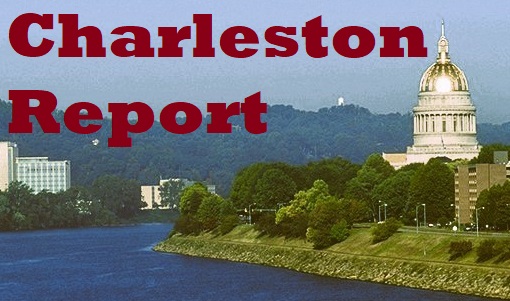September 14th, 2024 by WCBC Radio
We have just wrapped up the September interim meetings of the West Virginia Legislature, which were unique this time as they took place in Parkersburg instead of Charleston. Once or twice a year, we hold meetings outside the Capitol to tour various facilities and gain firsthand insight into some of the issues our colleagues are facing, allowing us to better understand the challenges they deal with.
On the first day, there were several options for tours. I opted for the tour of the Parkersburg area known as the Julia-Ann Square Historic District, the largest and oldest historic district in the city. It was added to the National Register of Historic Places in 1977. The district features 126 homes in a five-block section, showcasing a range of Victorian, Second Empire, 19th-century eclectic, and Queen Anne styles, dating from approximately 1850 to 1910. The homes are very reminiscent of those in Piedmont. Many of the state’s elites lived in the area, constructing elaborate houses that reflected their wealth and status, much like in Piedmont. The Julia-Ann Square Historic District Community Association has worked to preserve the area’s historic charm, including the installation of gateway arches at each entrance to the district. Much of this preservation was achieved using historic tax credits and leveraging the area’s history. This approach could be explored in Piedmont to save and restore many of its historic homes.
In the evening, we took a paddle-wheeler down the Ohio River to Blennerhassett Island State Park. Unlike the Potomac, which is owned by Maryland, the Ohio River belongs to West Virginia. The island is only accessible by boat, with departures from Parkersburg. This 500-acre island is preserved to reflect its appearance in the early 19th century. Harman Blennerhassett and his wife, Margaret, settled there in 1798 and began constructing a grand estate. When completed, their home was the largest and most impressive in the American West. The island is also notable in U.S. history as the place where former Vice President Aaron Burr sought refuge after his infamous 1804 duel in which he killed Alexander Hamilton. We toured the improvements the State Park system is making to the park.
The Joint Committee on Finance met at the Judge Donald F. Black Courthouse Annex in Parkersburg. We received a presentation on the state’s financial position from Mark Muchow, Deputy Secretary of the Department of Revenue. The state is very close to meeting revenue estimates. Consumer sales taxes and corporate income taxes are rising, showing the state economy is growing. Personal income tax revenue is down from last year, but the reduction is less than the income tax cut, reflecting wage and job growth in the state. We also had a presentation by the Secretary of Arts, Culture, and History on the local economic impact of the state’s investment in areas such as the Julia-Ann Square Historic District, the state’s Oil & Gas Museum, and others. Andy Neptune, Executive Director of the state School Building Authority, gave a presentation that included clearing some of the backlog of projects with some of the additional money the legislature provided, and what they are looking at for the future.
The Joint Committee on Government and Finance convened at the Parkersburg Municipal Building, where we received a presentation from Highmark West Virginia, the state’s largest private health insurer. James Fawcett, President, and Jason Landers of Highmark Health Options shared that 26% of West Virginians are covered by the commercial health insurance market, with over half of those individuals enrolled in out-of-state, self-insured employer plans. They also highlighted that Highmark West Virginia has contributed more than $6 million in charitable donations to organizations throughout the state.
The Joint Committee on Economic Development, which I co-chair with Senator Glenn Jeffries, toured two different facilities. The first was the Wood County Technical Center. Programs available to students include Accounting & Cooperative Work Study Training (CWST), Adult Basic Education, Agricultural Sciences, Auto Technology, Carpentry, Collision Repair, Computer-Aided Drafting & Project Lead the Way (PLTW) Pre-Engineering, Computer Systems Repair & PLTW Computer Science, Electrical Technologies, Emergency and Fire Management, Criminal Justice, Adult Practical Nursing, Pre-Cosmetology, ProStart Restaurant Management, Therapeutic Services, and Welding. These programs prepare students to enter the workforce, many starting their careers with no debt and earning higher incomes than those with many college degrees.
The second tour was of Chemours, also known as Washington Works, in Washington, WV. Initially a DuPont site, Chemours now manages it and produces various specialty chemicals, including Teflon (polytetrafluoroethylene or PTFE), but the location also hosts other companies. Celanese, which manufactures polymer and chemical products, operates within the same facility. Kuraray America produces specialized chemical products like polyvinyl alcohol (PVOH) and other resins used in a variety of applications, such as packaging, automotive, and industrial uses. Finally, the Delrin production plant at Washington Works is a key location for producing a high-performance acetal resin, which is an engineering-grade polymer. The site spans about 1,200 acres along the Ohio River and is a major industrial hub for chemical manufacturing and related industries, contributing to both the national economy and local employment.
The Governor has called for a special session of the legislature on September 30th. Details are not yet available, but I will provide more information in an upcoming article. If you have any questions, need assistance with a state agency, or have ideas to improve the state, please reach out to me. You can contact me at Gary.Howell@WVHouse.gov or by phone at (304) 340-3191.




.jpg)













